Why do houseplants die? 5 common reasons, and how to avoid them
The experts reveal the biggest culprits behind houseplant death – so you can keep your collection happy and healthy
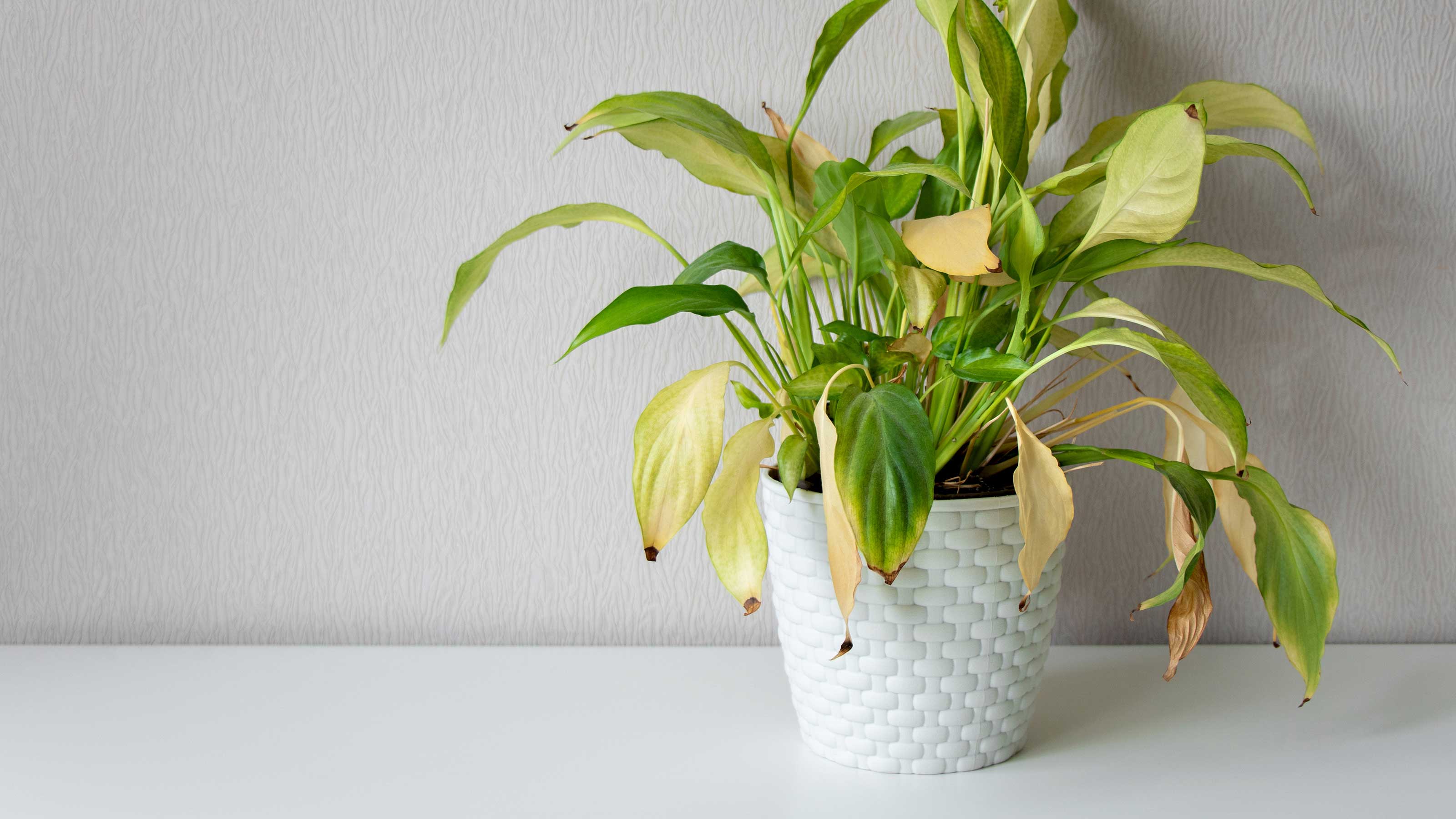

Knowing why houseplants die can stop you from making common mistakes and keep your leafy indoor displays looking as vibrant and beautiful as ever.
If you're like me, it's hard to resist bringing a new houseplant home after a trip to the garden center. I love propagating them, too – there are currently two mini spider plants rooting away in a glass of water on my desk. The more houseplants, the merrier, I say – they do wonders in transforming a space and tending to them is good for the soul.
However, you may also know the frustration when a new plant baby starts to look unhappy, and then – despite your best efforts – goes beyond the point of no return. It's true, looking after indoor plants requires a bit of trial and error, but knowing the common issues that can kill a plant will certainly improve your chances of success.
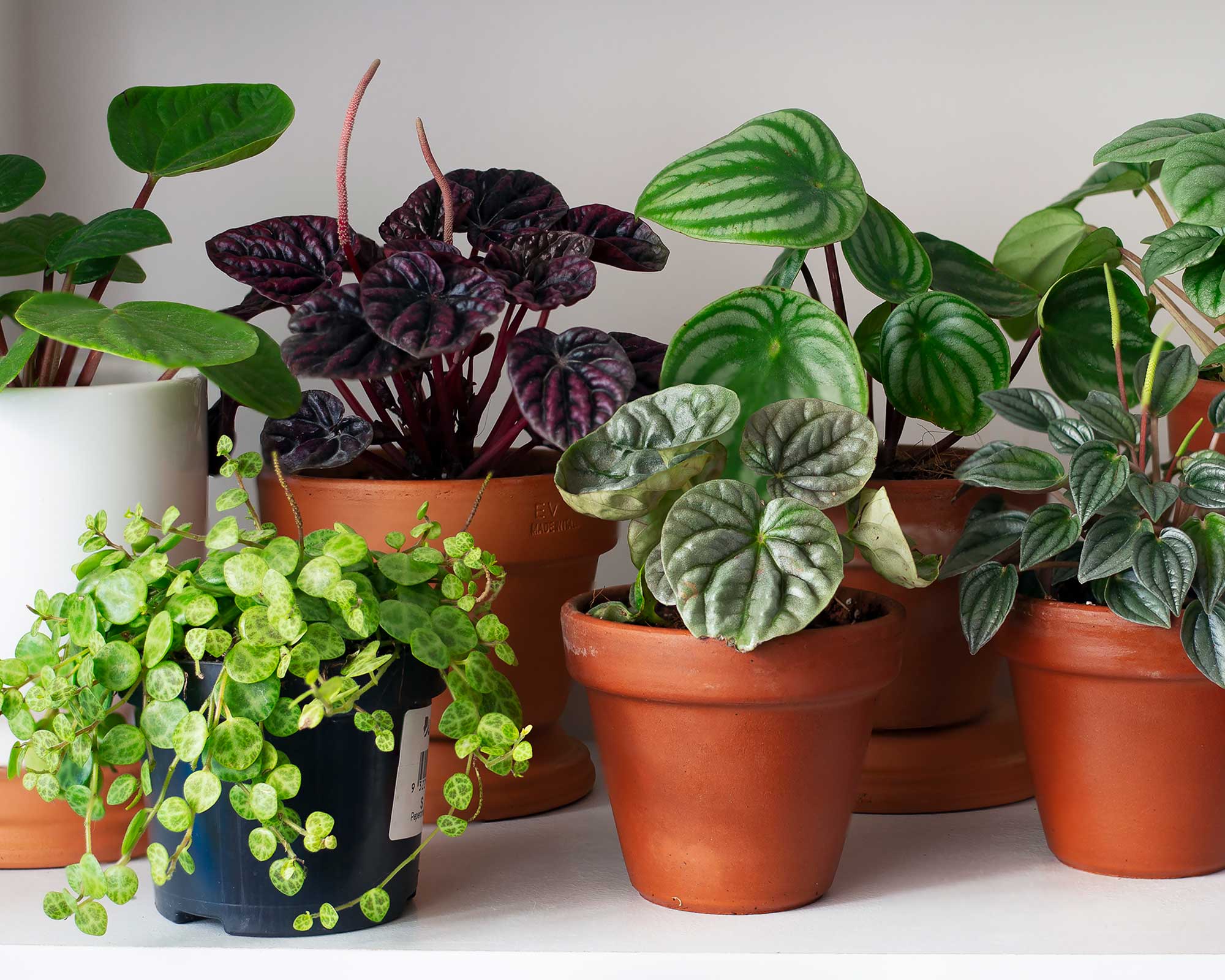
Keep your houseplants looking their best
Why do houseplants die? Expert advice
Protect your prized indoor garden plants from these common mistakes and keep them thriving for longer.
1. Overwatering your houseplants
'One of the most common reasons houseplants meet an untimely end is actually due to overwatering,' says Jo Lambell, Founder of Beards & Daisies.
'We know, it’s crazy that the very thing our plants need to thrive on can be the same thing that kills them. But it is very possible, and very common, for plant parents to kill their leafy friends with kindness.'
Erinn Witz, Co-founder of SeedsAndSpades.com, agrees. 'In nature, plants use naturally-occurring air pockets in the soil to absorb oxygen and stretch out their roots in search of moisture and nutrients. Houseplants are already at a disadvantage by growing in a pot rather than the ground, and when we fill up all those soil air pockets by overwatering, that can really stress your plant,' she explains.
'Aside from literally drowning the roots, overly wet soil is also a hotbed for harmful microbe growth, which can cause root rot. Root rot can be really hard to treat, and it’s often fatal.'
So, keep an eye on any signs you might be overwatering your houseplants, Jo says. 'These include limp, droopy leaves; a general wilted appearance; mushy stems, and mold in the soil.'
Drainage is key, too. I had planted a peace lily in a pot without holes and after a while, it started looking very sorry for itself. Not surprising, really: it was basically living in a swamp. I divided it up, discarded the unhealthy parts, and replanted the section that was still holding on for dear life. It's doing okay, just, but I'm not expecting flowers anytime soon.
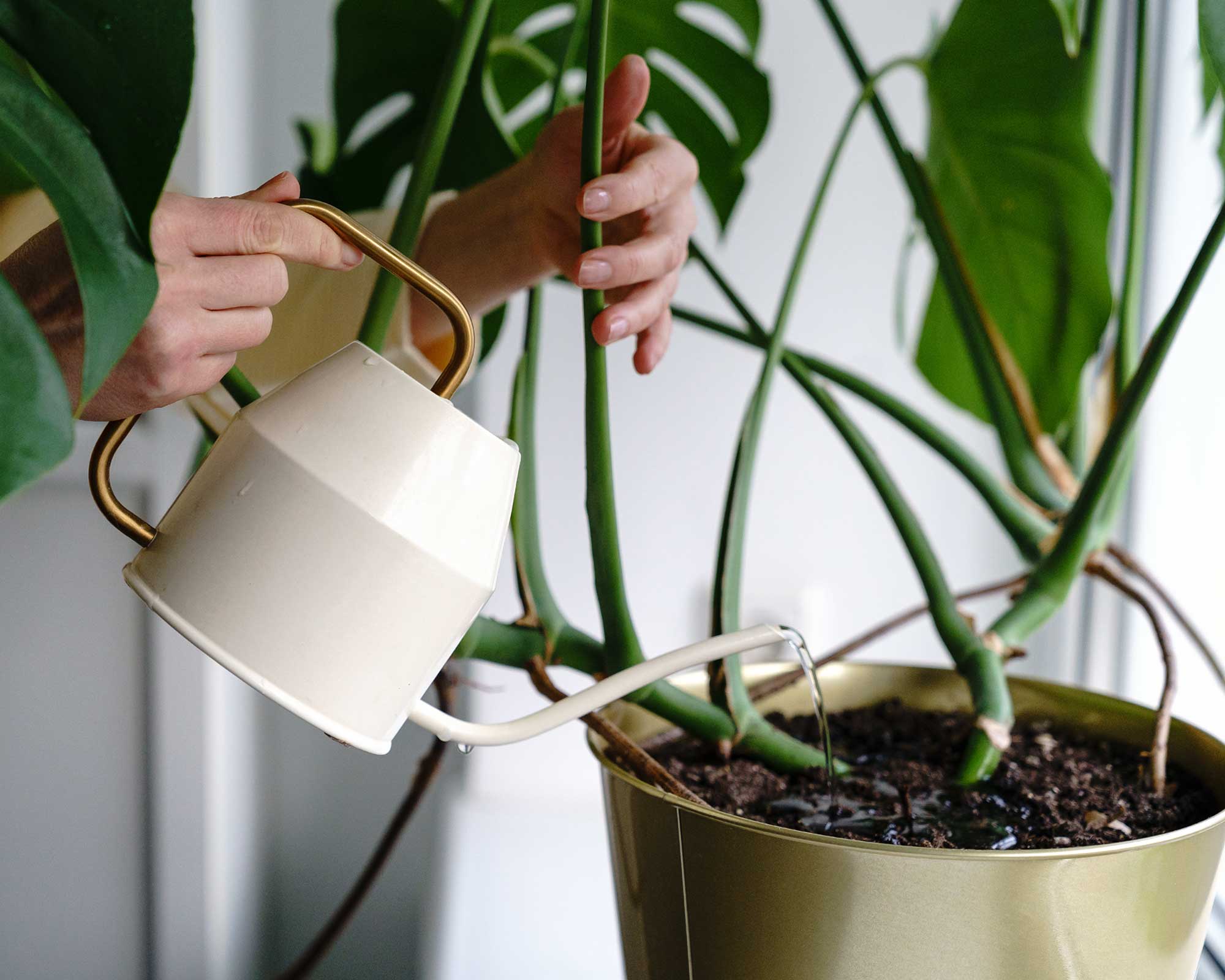
Watering is important, but too much can be detrimental
2. Not watering enough
'You also have to be careful that you don’t tip the scales the other way and end up underwatering your plant,' says Jo. 'It can be a fine balance!
'Signs of underwatering your plant include dry, crispy leaves; wilting; brown leaves and leaf curling,' she says.
If you spot any of these signs, then act fast, but carefully. 'Increase your watering schedule gradually and remove any dead leaves – there could still be hope for your dehydrated plant.'
Purchasing self-watering indoor planters is a clever and low-maintenance approach to keeping your plants sufficiently hydrated. Soil moisture meters, available on Amazon, are also useful for telling you when you need to give your plants a drink.
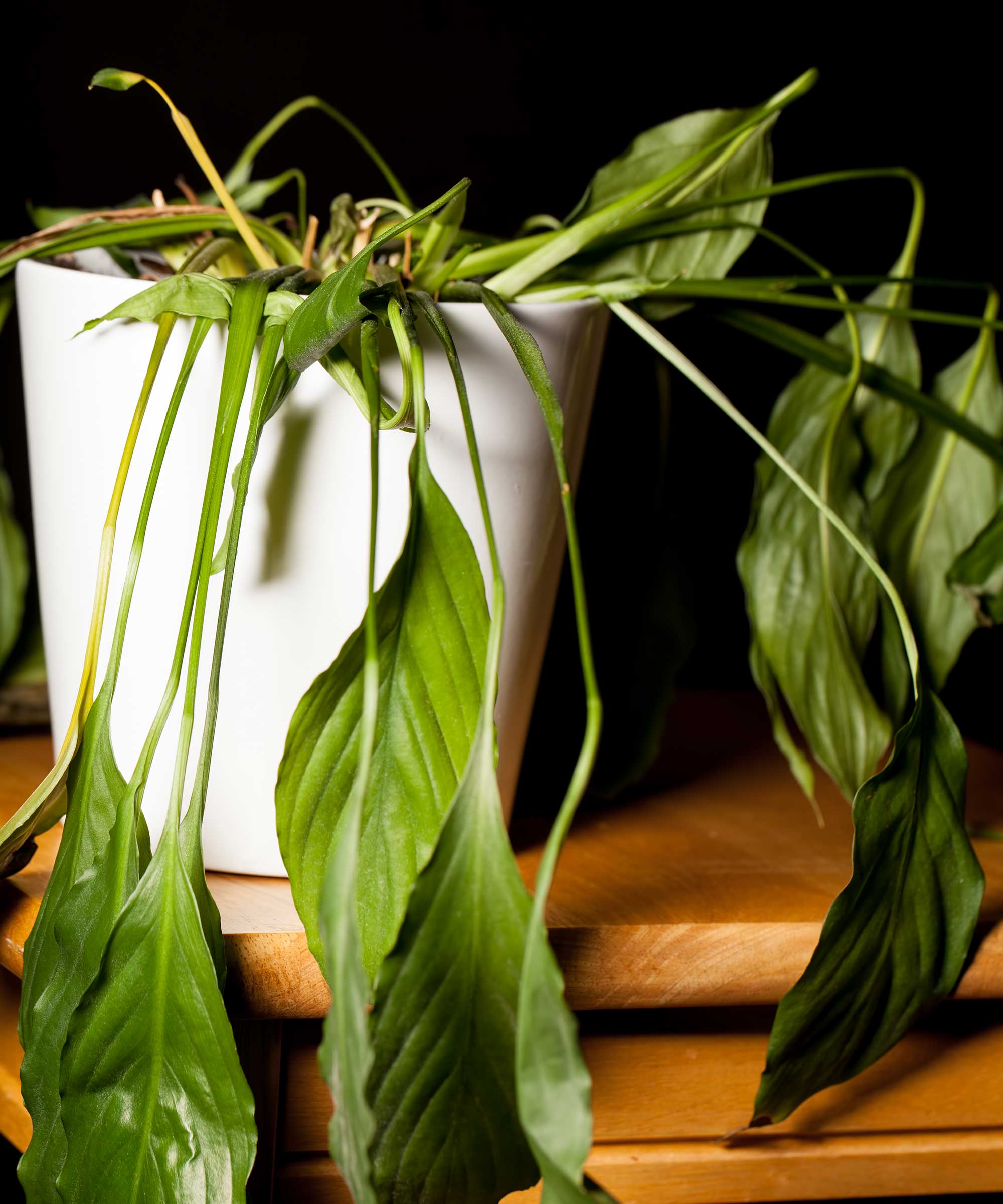
A lack of water can cause houseplants to wilt and eventually die
3. A lack of light
'Your plant will also appreciate the right amount of light,' says Jo. 'Every plant is different – some genuinely prefer shadier spots in your home, but others thrive on direct sunlight – so do your research.' For instance, asparagus plants and peace lilies are low-light indoor plants that don't need as much sunshine.
'If your plant has pale green or even yellow leaves which are dropping off, then this is a sure sign it’s not receiving enough light. Try moving it to a sunnier place and watch its gorgeous green color return,' she says.
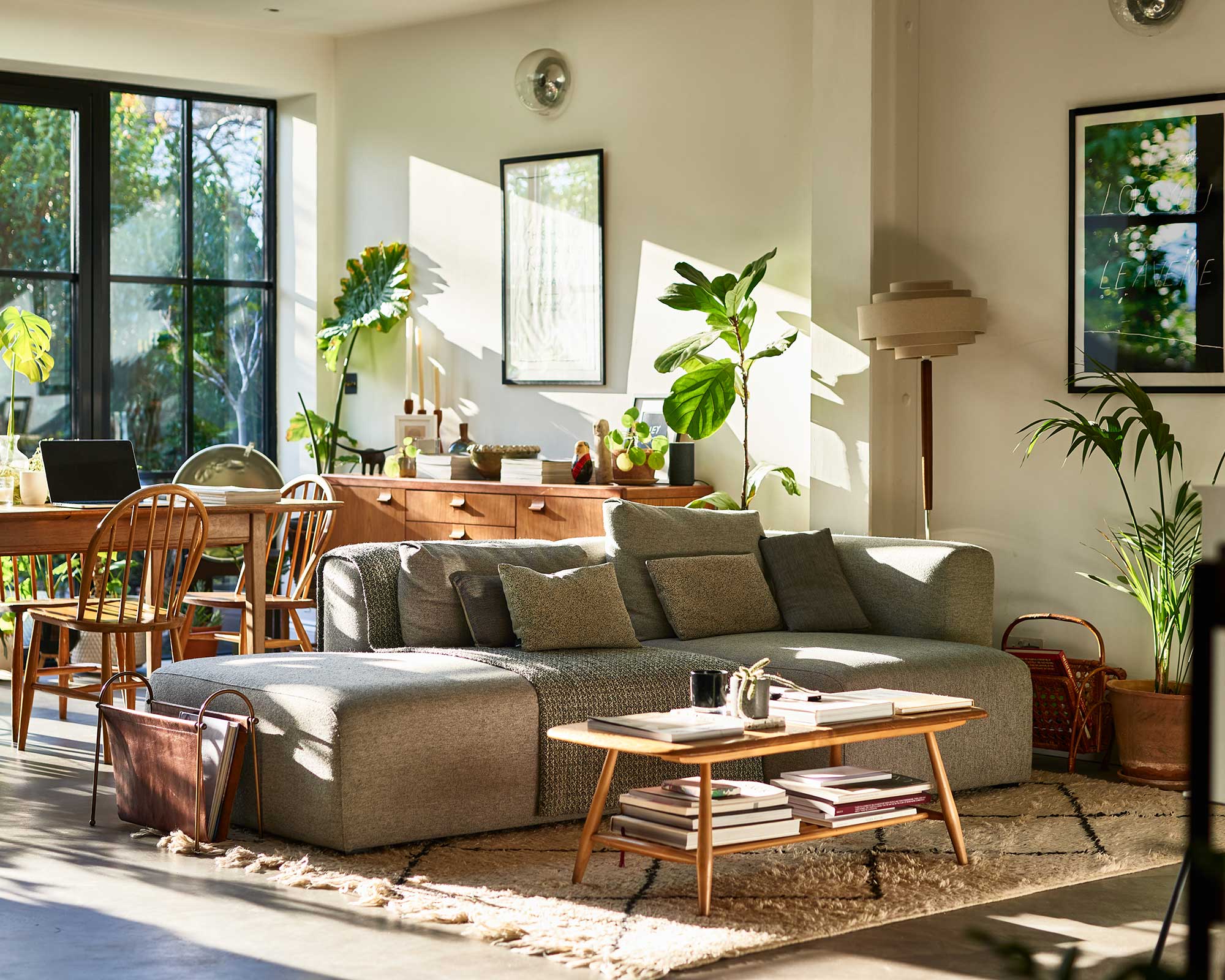
Many plants need bright, indirect light – but check the labels for specific guidance
4. Pest infestations
'Pests can wreak havoc on houseplants and cause them to die,' says Bryan Tan, Founder of GardenersGrail.com. 'To avoid this, check your plants regularly for signs of infestation and treat them with an appropriate pesticide or natural remedy.'
Common intruders to look out for include thrips and spider mites, both of which can cause discoloration of foliage and plant weakness, and in severe cases, death. Taking action quickly can stop the problem from spreading across your entire indoor garden.

Sprays can help eradicate pests
5. Incorrect temperatures
'Just like people, plants can be sensitive to extreme temperatures,' says Bryan. 'If the temperature in your home gets too hot or too cold, it can cause your plants to die.'
This is particularly important when caring for houseplants in winter. My avocado plant was definitely not enjoying the drafty window it was sat by, and protested by dropping its leaves. I've had plants struggle when sat next to radiators, too, although a lack of humidity is probably also to blame.
According to a study by the University of Georgia, the optimum temperature range for houseplants is 70-80˚F (21.1-26.6˚C) during the day and 65-70˚F (18.3-21.2˚C) at night. So, if in doubt, aim for this.
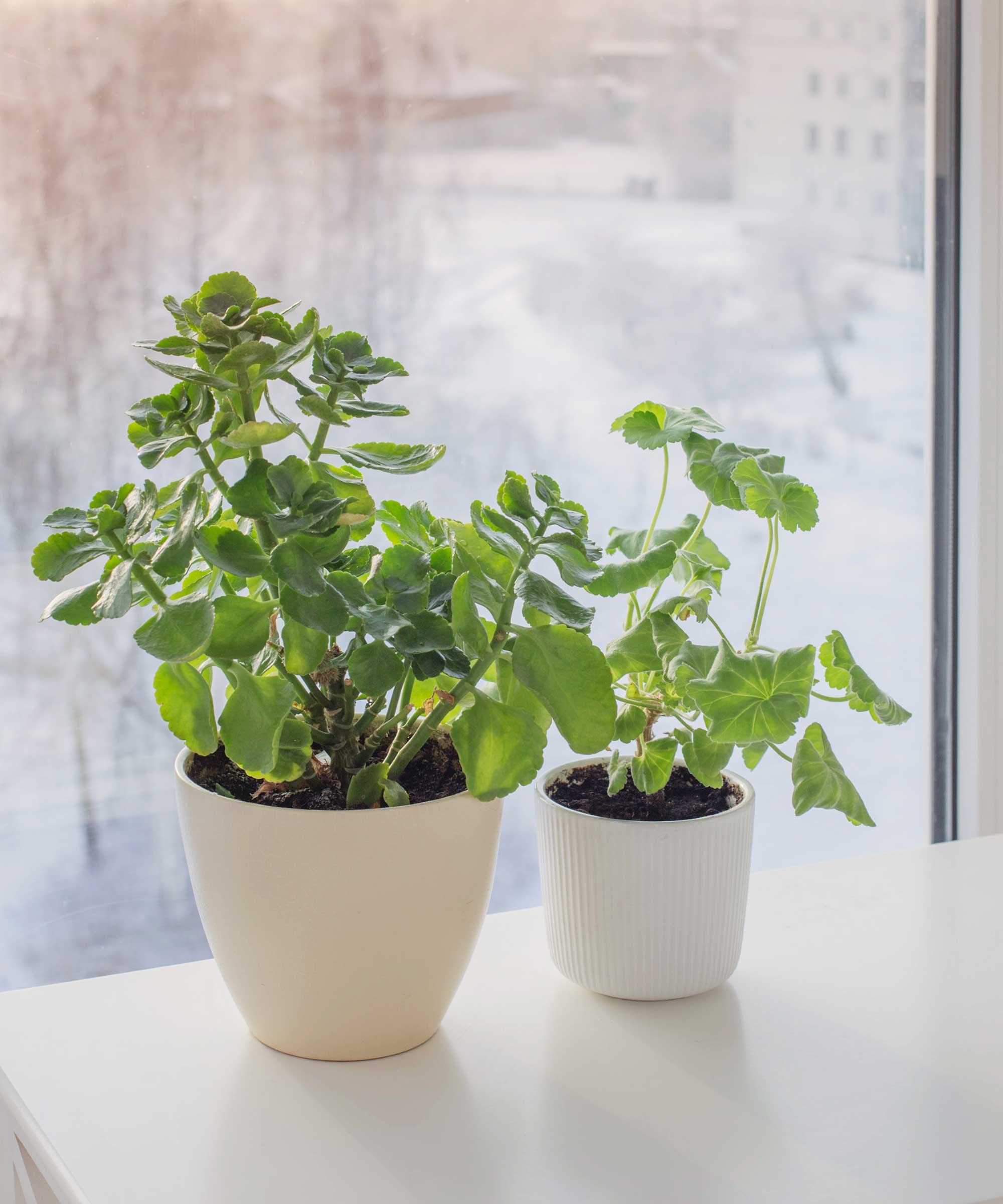
Plants can get too cold near drafty windows in winter
How can you revive a dying houseplant?
If you've noticed an unhappy houseplant in your home, check through the points above and see if there are any appropriate actions you can take. This could be, for instance, giving it a drink, moving it somewhere more sunny or less drafty, or treating it for pests. Any dead or unsightly foliage can generally be removed with a clean pair of scissors to improve its appearance.
In some cases, this could be enough to help it bounce back to its former glory. But if, after a while, your plant still hasn't perked up, try giving it a feed with a houseplant food (available on Amazon). You could also consider repotting it: sometimes houseplants get root bound, which means they struggle to take up nutrients and water efficiently. The solution is to move them into new, larger containers with fresh compost.
Unfortunately, sometimes houseplants can't be saved. Don't despair – gardening, whether indoors or out, is always a bit of a learning curve. If you buy a replacement, just be sure to check its specific requirements on the label to ensure you give it the best home possible.

The garden was always a big part of Holly's life growing up, as was the surrounding New Forest where she lived. Her appreciation for the great outdoors has only grown since then. She's been an allotment keeper, a professional gardener, and a botanical illustrator – plants are her passion.
